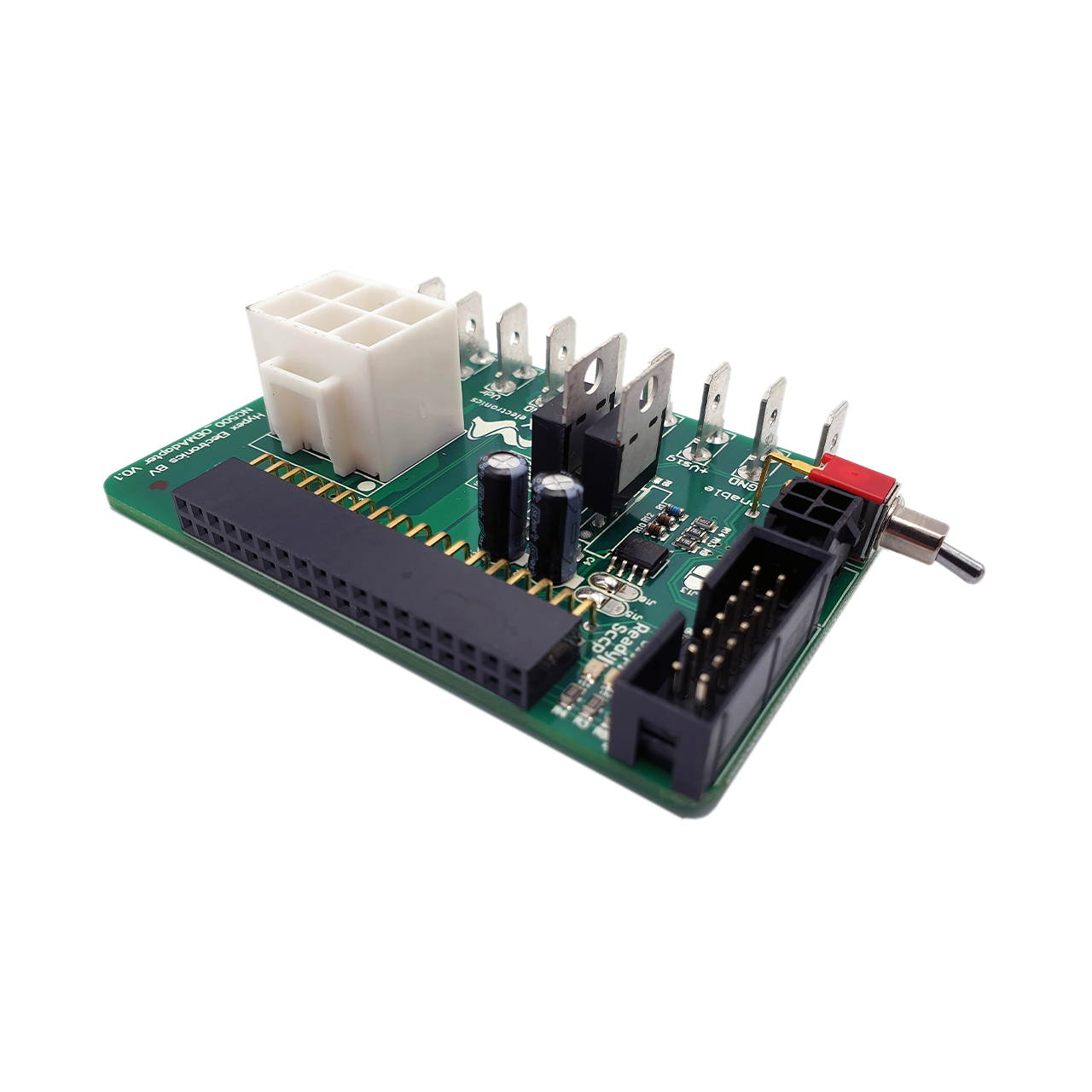You are very welcome. We offer global shipping. Kindly be advised that the measurements provided pertain to the NCx500 DM dual mono version, which I have readily available in my studio. At this moment, I do not have the NCx500ST version on hand. The distinguishing feature of the dual mono version is that each NCx500 module is paired with its own dedicated Hypex SMPS1200 power supply.
We recognize the importance of these details for our customers, and thus we are in the process of updating our website to incorporate this information. It will also be included in forthcoming manuals. We appreciate your patience as we enhance our online presence.
Good to know, any know bugs of any kind so far with the mono-blocks, including the triggers?


